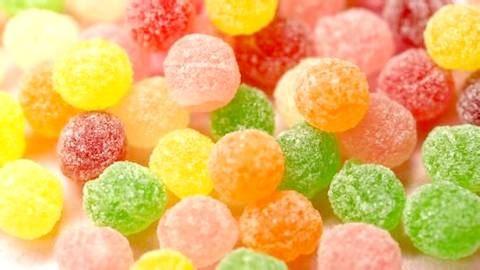GUANGDONG KELONG BIOTECHNOLOGY CO., LTD.
Add: No.5-17 and No.5-32, South area of Qibao Industry and Trade, Huicheng, Xinhui, Jiangmen, Guangdong, China
Tel:+86-750-6978788
Fax:+86-750-6978868
Wechat: 13828063050
Website: http://www.kelongbio.com
Email: export@kelongbio.com
marketing@kelongbio.com

Synthetic pigments are mainly chemically synthesized by chemical reactions. At present, there are only eight kinds of foods allowed in China, and their use and scope are strictly limited. Because synthetic pigments have more hygienic problems, they will gradually be replaced by natural food coloring.
Natural food coloring is non-toxic, harmless to human health, and has certain nutritional value. Red yeast rice is a kind of natural pigment unique to China. It has strong coloring power for protein, and is often used for coloring and winemaking of fermented bean curd and meat. Red yeast rice is a mold called Monascus which is inoculated on rice, that is, red yeast rice is made by using microorganisms. The mycelium of Monascus decomposes to produce a large amount of red pigment, which makes the cells appear bright red. Red yeast rice is non-toxic, safe and stable in nature. As early as in the Tang and Song Dynasties, China has used red yeast to process food, mainly for winemaking. Some wines in China, such as sinking wine, Fujian old wine, and champion red wine, are colored with red yeast. In addition to red yeast is made from microorganisms, there is also a penicillin that produces yellow color. It can be produced in a mixture with a mold called macromethane to produce a red pigment. Curcumin is extracted from the rhizome of the herbaceous turmeric and is used to make food yellow. Such as powder, bean products, wine and Guiyuan skin dyeing. Carotene and chlorophyll, as the name suggests, are extracted from the green leaves of carrots and plants. They are not only colored, but also have certain nutrients. They can be used for the coloring of creamy foods. Capsicum red pigment is extracted from pepper, and sorghum red pigment is extracted from red sorghum shell. Caramel color is also called sauce color. It is made from sugarcane and is generally used for soy sauce, vinegar and sauce seasoning. Natural food coloring is inexhaustible and inexhaustible in nature. At present, there are 20 varieties of natural food coloring that are allowed to be used in food in China, and their scope of use and usage are strictly regulated. In addition to the lack of natural pigments, the coloring power is not strong compared to synthetic food coloring, the yield is low, the cost is high, and the price is expensive.
Synthetic food coloring, because of chemical substances, has many side effects such as toxicity and carcinogenesis. Therefore, the selection of synthetic food coloring must have high purity, less impurities, safe and reliable consumption, and strict control of the variety, scope of use and amount of use. China's health department has made strict regulations on synthetic food coloring. For example, cream yellow used in the past for margarine, and later found to have the effect of causing liver cancer, it will stop using. Another example is the use of 8 kinds of synthetic food coloring. The maximum usage of lemon yellow, sunset yellow and indigo is 0.10 g/kg, and the maximum usage of Yuancaihong, Carmine, Red Red and New Red is 0.05. The maximum usage of gram/kg and bright blue is 0.025 g/kg. These 8 kinds of synthetic food colorings can only be used in fruity water, fruity powder, sherbet, soda, blended wine, candy, pastry color, red green silk, canned food, concentrated juice, green plum, other foods can not be artificially synthesized. Food coloring.
In addition, it should be particularly pointed out that non-staple foods intended for infants should not be added to any food coloring.